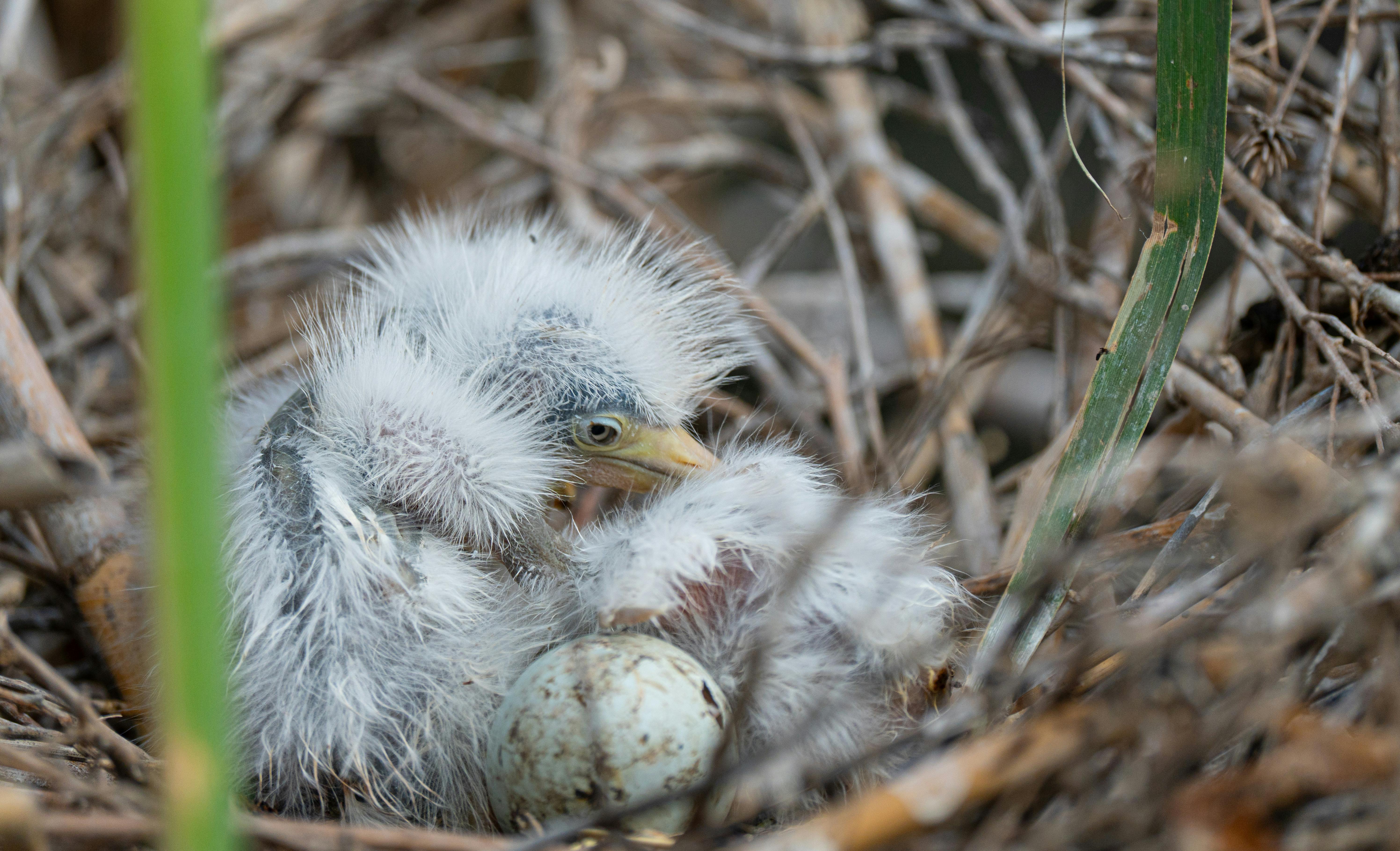Have you ever wondered about the average clutch size for tarantulas and whether it varies by species? Understanding these fascinating aspects can give you a deeper appreciation for these remarkable arachnids. While the topic might sound straightforward, it dives into a complex world of spider biology and reproductive strategies. This article aims to simplify these complexities for you.

Understanding Tarantula Reproduction
Before we dive into the specifics of clutch size, it’s important for you to have a basic understanding of tarantula reproduction. Like many spiders, tarantulas engage in intricate mating rituals and have unique reproductive systems.
Mating Rituals
When it’s mating season, male tarantulas go on the hunt for a female. This can be a perilous journey, as males not only face natural predators but also risk being eaten by the female if they aren’t careful. Males use specialized structures called pedipalps to transfer sperm to the female. After mating, females lay eggs which they encase in silk to create an egg sac.
Egg Sac and Incubation
Once the sac is created, the female guards it fiercely. Depending on the species, incubation periods can vary but are generally a few weeks to a couple of months. The female may turn or reposition the sac to ensure that environmental conditions remain favorable for the developing embryos.
Factors Affecting Clutch Size
Several variables influence the clutch size of tarantulas, making it an interesting subject for you. These include the species, the age and health of the female, and environmental conditions.
Species-Specific Traits
One of the most significant factors affecting clutch size is the species of tarantula. Some species lay more eggs than others due to evolutionary adaptations. For instance, species from harsher environments may lay more eggs to increase the chances of offspring survival.
Age and Health
The age and health of the female also significantly influence clutch size. Older, healthier females generally lay more eggs. Conversely, younger or unhealthy females may produce fewer eggs.
Environmental Conditions
Temperature, humidity, and availability of resources play a crucial role in determining clutch size. Ideal conditions result in larger clutches, as the female’s body is well-nourished and capable of producing more eggs.
Average Clutch Sizes Across Species
Now that you understand the factors affecting clutch size, let’s look at the average clutch sizes for some popular tarantula species. The following table provides a comprehensive overview of different species and their average clutch sizes.
| Species | Average Clutch Size |
|---|---|
| Mexican Red-Knee | 200-400 |
| Chilean Rose | 100-200 |
| Goliath Birdeater | 100-200 |
| Pink Toe | 50-200 |
| Indian Ornamental | 50-200 |
| Brazilian Black | 100-200 |
| Costa Rican Zebra | 300-600 |
Detailed Species Insights
Mexican Red-Knee
Mexican Red-Knee tarantulas are quite popular and their clutch sizes typically range between 200 to 400 eggs. This species is known for its vibrant coloration and relatively large clutch size.
Chilean Rose
The Chilean Rose is another common tarantula species, producing between 100 to 200 eggs per clutch. They are often recommended for beginners due to their docile nature.
Goliath Birdeater
Despite its impressive size, the Goliath Birdeater lays a relatively smaller number of eggs, usually between 100 to 200. This could be because larger body size requires more energy and resources, thus limiting egg production.
Pink Toe
Pink Toe tarantulas usually produce a clutch size ranging from 50 to 200 eggs. They are arboreal and have unique care requirements, which can sometimes influence clutch size.
Indian Ornamental
Indian Ornamentals generally have a clutch size between 50 to 200. These tarantulas are known for their striking patterns and vibrant colors.
Brazilian Black
The Brazilian Black tarantula is another species with a clutch size ranging from 100 to 200 eggs. They are admired for their striking jet-black coloration.
Costa Rican Zebra
Known for its large clutch sizes, the Costa Rican Zebra tarantula can lay between 300 to 600 eggs, making it one of the more prolific breeders among tarantulas.
Variations Within Species
While averages provide a good baseline, it’s crucial for you to understand that variations can occur even within the same species. These variations are influenced by multiple factors that you might find interesting.
Genetic Variability
Even within a single species, genetic differences can lead to variations in clutch size. Some genes may predispose certain individuals to lay larger or smaller clutches.
Parental Care
In some species, the parental care provided by the female can influence the number of eggs she lays. Females that are more attentive to their young may produce smaller clutches to ensure that each offspring receives adequate care.
Resource Availability
The availability of food and other resources can cause significant fluctuations in clutch size. In resource-rich environments, females may produce larger clutches, while scarcity can lead to fewer eggs.

Environmental Impact on Clutch Size
Environmental factors significantly impact tarantula clutch sizes. You’ll find that understanding these can help you better manage the conditions for pet tarantulas or those you may observe in the wild.
Temperature
Temperature plays a crucial role in determining clutch size. Higher temperatures generally increase metabolic rates, which can lead to larger clutches. However, excessively high temperatures can stress the female, potentially reducing clutch size.
Humidity
Maintaining optimal humidity levels is vital for egg development. Too much or too little humidity can adversely affect the eggs, leading to lower hatch rates and thus influencing perceived clutch size.
Availability of Prey
The abundance of prey items significantly impacts clutch size. A well-fed female is more likely to produce a larger clutch. Conversely, limited food resources can result in smaller clutches as the female’s body conserves energy.
Seasonality
Many tarantula species have specific breeding seasons. Environmental cues like changes in temperature and daylight can trigger reproductive behaviors, thus affecting clutch size.
Impact of Captivity on Clutch Size
If you’re keeping tarantulas as pets, understanding the impact of captivity on clutch size is essential. Captive conditions can vary significantly from natural habitats, affecting clutch size and overall reproductive success.
Controlled Environment
Captivity provides a controlled environment, which can be both a boon and a bane. While it allows for the optimal setting of temperature and humidity, it also lacks the natural stimuli that wild conditions provide. Sometimes, this can lead to reduced clutch sizes.
Nutrition
In captivity, you have the luxury to provide a consistent food supply, which can positively affect clutch size. However, it’s imperative to ensure that the diet is varied and nutritionally complete to encourage healthy reproduction.
Stress Factors
Captive tarantulas may face stressors that they wouldn’t encounter in the wild, such as frequent human intervention or inadequate space. Minimizing stress is crucial for supporting larger clutch sizes.

Case Studies
You might find case studies particularly insightful for understanding how clutch size can vary among different tarantula species. These real-world examples provide concrete evidence of the factors we’ve discussed.
Study on Brazilian Black Tarantulas
A study conducted on Brazilian Black tarantulas found that females in a resource-rich environment laid an average of 150 eggs, while those in less favorable conditions laid around 80. This study highlights the significant impact of environmental conditions on clutch size.
Variation in Goliath Birdeaters
Another study focused on Goliath Birdeaters captured data over several years. It was found that older, healthier females consistently laid larger clutches compared to younger ones. The study also noted that clutch sizes are generally smaller than those of smaller tarantula species, perhaps due to the high energy costs of sustaining a large body size.
Impact of Humidity on Pink Toes
Research on Pink Toe tarantulas indicated that optimal humidity levels led to higher hatch rates and larger clutch sizes. When humidity levels were sub-optimal, clutch sizes were smaller, showcasing the importance of environmental conditions for successful reproduction.
Ethical Considerations
Understanding clutch sizes and factors influencing them also brings up ethical considerations, especially if you’re keeping tarantulas as pets or involved in breeding.
Responsible Breeding
If you’re a breeder, it’s crucial to consider the ethical implications of breeding tarantulas. Overbreeding can lead to stress and health issues in females. It’s always best to follow guidelines that prioritize the well-being of the spiders.
Captive Conditions
Even if you’re not breeding, maintaining optimal living conditions is essential for the spider’s health and for accurate observations of their natural behaviors, including reproduction.
Conservation Efforts
Some tarantula species are endangered and understanding their reproductive metrics can assist in conservation efforts. Data on clutch sizes can help formulate strategies to bolster populations in the wild.

Practical Tips for Enthusiasts
If you’re passionate about tarantulas and wish to provide the best conditions for them, several practical tips can help enhance their reproductive success.
Monitoring Conditions
Regularly check temperature and humidity levels in your tarantula’s habitat to ensure they mimic natural conditions as closely as possible. This not only promotes general health but can also positively impact clutch sizes.
Balanced Diet
Providing a balanced diet with a variety of prey items can significantly affect reproductive health and clutch size. Nutritional diversity is key to a healthy tarantula.
Minimizing Stress
Ensure that your tarantula’s environment is as stress-free as possible. This includes providing hiding spots, minimizing handling, and avoiding loud noises or vibrations that can stress the spider.
Documentation
Keeping a detailed journal of your observations, including clutch sizes, incubation periods, and any changes in conditions can provide valuable insights. This can be particularly useful if you wish to dive deeper into the fascinating world of tarantula reproduction.
Conclusion
It’s clear that the average clutch size for tarantulas varies not only by species but also based on several other factors including age, health, and environmental conditions. By understanding these variables, you can better appreciate the intricacies of tarantula reproduction. Whether you’re a hobbyist, breeder, or wildlife enthusiast, this knowledge allows you to provide better care and contribute valuable information to the broader community.
In summary, tarantulas are remarkable creatures with diverse reproductive strategies. Knowing about their clutch sizes and the factors affecting them can deepen your understanding and enrich your experience with these fascinating arachnids.
